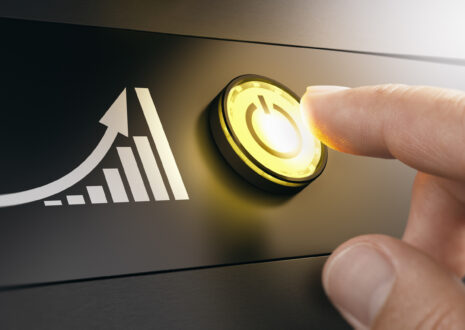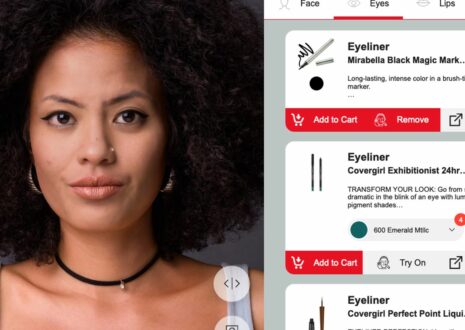Did you know that in order to build a website that ranks high in Google, you must always consider two major aspects–SEO and Web Design?
On one side of the equation there is SEO (or search engine optimization). SEO is the practice of optimizing a website so that it ranks well on search engines. In the opposite direction you have web design that refers to the design and creation of a website and all of its pages. Both of these concepts are constantly in conflict. However, in order to rank as high as possible in Google, you must find a way to balance both sides perfectly.
In this article, you will learn everything you need to know about SEO web design. This article covers what it is, why it is important, the benefits, and 6 things you can do for web design and SEO. By the end of this article, you will be able to optimize your website to enhance its ranking.
What is SEO web design?
SEO web design refers to designing and developing SEO-friendly websites. It covers all the SEO best practices you need to follow when building websites.
Why is SEO web design important?
While SEO is all about getting found on Google, web design has all to do with the visual aspect. Though separate concepts, both aspects actually work hand in hand. For example, if your company website has a beautiful design, but if the content is not optimized for search engines, no one will be able to find it.
In addition, it works the other way around as well. When you consider SEO best practices like page speed optimization and site architecture, building a website with little to no design will get you the best SEO results. However, the user experience will be low and most of your traffic is most likely to bounce.
If you want to save yourself valuable time, money, and rankings in Google, It’s smarter to combine SEO and web design together. In fact, you can build a foundation for your SEO strategy via your website and its design. Let’s dive deeper into some top benefits of SEO web design.
Boost high-intent traffic with your SEO web design
People using high-intent keywords are more likely to take specific actions based on their search terms. They often use a highly-specific question they’re hoping to find more information about. The page that shows up on top of the search result indicates they have the exact answer, as a result it is most likely traffic will click over to that page.
With SEO web design, you can elevate your website by creating top-of-mind awareness with your audience. While only 2.35% will convert the first time they visit your website, by using SEO web design you increase the probability that they will come back for other related questions. Having a high-intent traffic is a way to win in the long run. That’s why it is considered even more valuable than other traffic.
SEO web design increases organic traffic
Did you know that 91% of searchers do not go past page 1 of Google? Your position in Google Ranking is vital in order to get as much organic traffic. Therefore, SEO web design is an effective way to boost your ranking.
Organic traffic to your website is any kind of traffic coming from search engines that hasn’t been paid for. These are website viewers who found your site after using specific keywords to search for something on Google and browsing through the top options.
Ignite Visibility conducted research in 2020 that backs this data up. While the top 3 had a click through rate (CTR) between 29.90% and 43.32%, it drops off quickly from there where the 10th position gets 3.11% of the clicks. Optimizing your SEO web design can be very beneficial in order to increase the organic traffic.
SEO web design enhances the user experience
User experience (UX) design has finally come into its own as a key factor shaping how companies do business. Every dollar invested in UX brings 100 in return, an ROI of 9,900 percent.
While SEO is essential in any marketing strategy. Google empowers websites that are user-friendly to prevent its own user experience from being impacted by poor websites. The websites that work well and are easy for a visitor to navigate will be rewarded and rank higher in the search engine.

SEO web design maximizes the potential of your marketing budget
An SEO strategy can take some time to implement, but the changes tend to be free. Many business owners can put SEO parameters in place themselves with a little bit of website knowledge, or they can defer it to someone on their team.
Implementing an SEO strategy is a long-term investment that can take some time to gain traction. SEO takes 3-6 months to gain traction. Once you start to see traction, growth is exponential.
Profitworks estimates that the average ROI of its SEO services is $2.75 for every dollar spent, or a 275% ROI. The point is that SEO is a low-cost strategy for helping your website to reach your marketing goals and increase your overall ROI.
Optimize for web design and SEO with these 6 factors
Now that you have a better understanding of why SEO and web design need to be perfectly balanced. To rank a website, Google considers more than 200 factors. In order to help you climb the Google ladder today, let’s start with the low-hanging fruit by optimizing the following 6 elements:
Mobile-friendliness
For years, a growing number of internet users browse on smartphones rather than other mobile devices. As of 2021, mobile traffic represented 55% of all worldwide traffic. It’s estimated that three-quarters of the world will only access the Internet via smartphones by 2025.
Let’s take a look at this website example from The Heart Company. They’re ranking on page one for keywords like local flower shop and flower delivery.
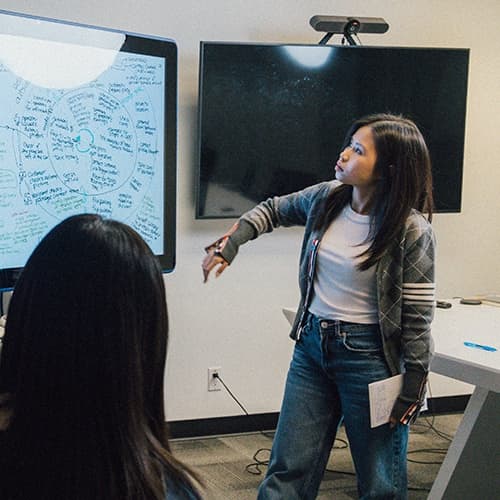

The mobile version is a more simplified form of their desktop version to allow for faster speed loading and legibility on a smaller device. Most of the main functions and buttons, such as the search bar, drop-down menu and delivery on the website are still retained on the mobile version.
Having a mobile-friendly website will not only increase the user experience. It will also increase the chance of ranking well because mobile-friendliness is a ranking factor for Google.
Readability
Readability is the quality of text that is simple and enjoyable to read. This is a very important factor in your Google ranking, since if your website visitors can’t read your copy or it’s not enjoyable to read, then your traffic will most likely bounce.
To enhance your website’s readability, make sure you use the right fonts throughout your website to ensure it’s easy to read. Use these free tools and websites like Hemingway, Grammarly, and Yoast SEO to check and improve the readability of your website.
Best practices say that big, bold serif, or sans serif fonts should be used throughout your website, its headers, and its copy blocks to ensure it’s easy to read.
This website by the infamous skincare brand, Then I Met You has bold headings and legible text body consistently throughout all the pages.
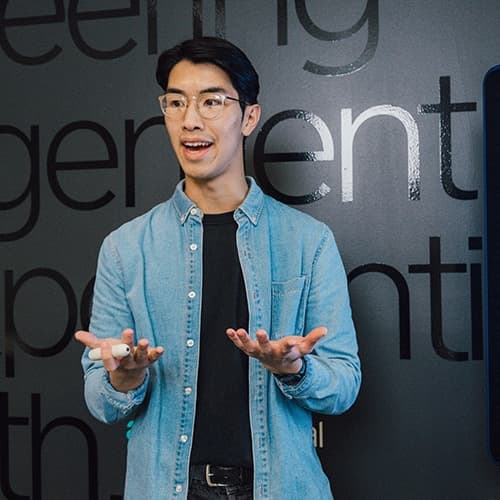
Right of the bat, the first thing visitors notice about their website is that their best-seller is an award winning product, and this skincare line is what they are best known for. All of this information coupled with readable and consistency font reinforces the site’s credibility.
Images
Did you know that mobile searches for “image search” have grown by over 60% in the past two years? In comparison to other technologies, 62% of younger searchers prefer visual search capabilities.
If you want to get the most out of your images on your website, keep the following 3 aspects in mind the next time uploading images:
File names
Instead of simply using standard file names like “IMG_001.jpg” or header-image-top-1.jpg, use descriptive local file names to name your images. Inserting relevant keywords into the descriptions helps Google identify what the image is about, but don’t stack them. The ideal image names are descriptive and easy to read for Google.
For example, let’s use the first part of the title of this blog as a file name example. “Whatisseowebdesign.jpg” will be difficult for Google to understand. Instead, name it “What-is-seo-web-design.jpg” for a better understanding.
File size
Having large images can be appealing to the eye, but they contain more data. An excessive amount of data on your size slows down page load time, which decreases the user experience and increases the bounce rate.
According to a 2019 study by Portent, a 0-4 second load time is best for conversion rates. With each additional second of load time, website conversion rates drop by an average of 4.42%. Too many large files will not only damage your conversion but also your rankings.
Alt tags
Alt text (alternative text) describes exactly to Google’s algorithm what is displayed in your images. Google Images is the world’s second-largest search engine. It’s responsible for 20.45% of all online searches. Using keywords in your alt text will improve your image’s Google ranking, making it easier to find in Google.
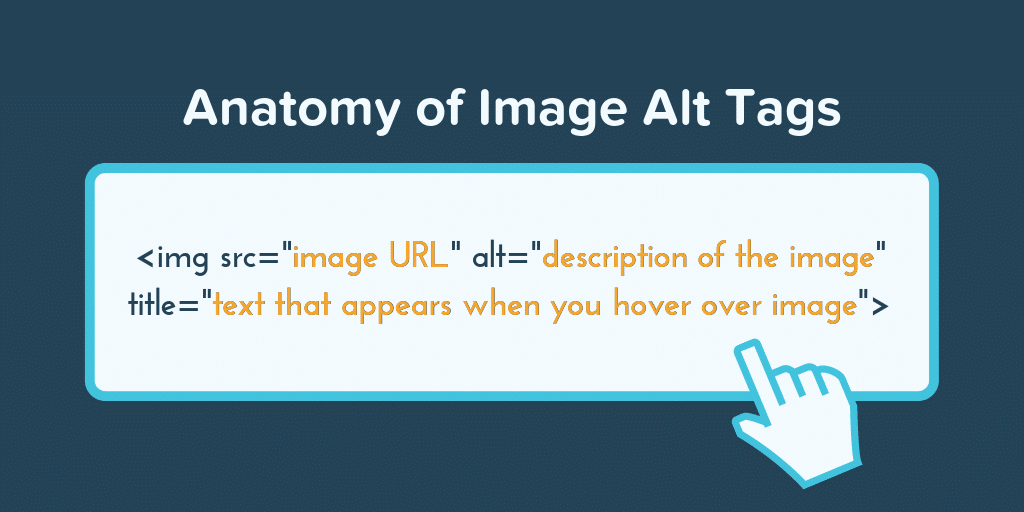
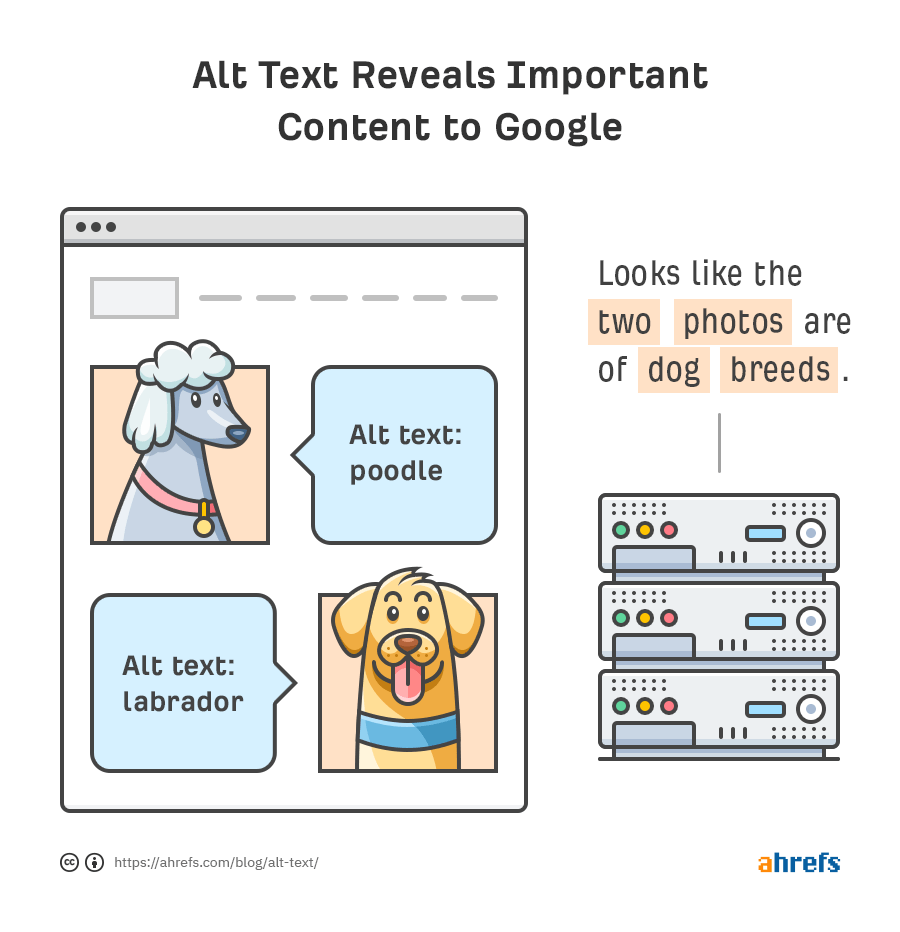
It is important to accurately describe your image and include the keyword you want to rank for in the Alt text of images, so Google can position them accordingly on their result page to allow its users to find relevant information.
Website navigation
Navigation is one of the most important components of a positive user experience, and because of that, you should keep it simple. Google uses crawlers to read people’s websites through internal links. The better these crawlers are able to navigate and read through your website, the better you will rank.
It’s the same with site visitors, if they can easily find what they need on your site, they are more likely to convert and spend more time on your website. This lowers the bounce rate and your overall SEO score will rise.
The aim of this phase should be finding a balance between optimizing the website for SEO and making it appealing with web design.
URL structure
Your URL structure will help Google understand what keyword(s) you want the specific page to rank for. That’s why each of your pages should have a descriptive URL that describes what content there is on the page.
To get the best results out of this make sure to do keyword research for each page you plan to include to your website. Done properly, your URL slug makes your pages easier to understand for search engines, and easier to remember for visitors.
Metadata
Your metadata (meta tags) includes the title and the meta description that appears in Google search results. Considering 36% of SEO experts think the title tag is the most important SEO element, make sure your metadata is optimized.
If you want to update your title tag and meta description. Make sure to use a focus keyword and use the right number of characters, or use Yoast SEO to guide yourself.
– Your title tag can have a maximum of 60 characters
– Your meta description can have a maximum of 160 characters.
Start climbing the Google ladder today with a seamless SEO web design
The key to ranking high in the Google Search engine is understanding the relationship between web design and SEO. Both are incredibly important but they can’t outcompete each other and it’s your job to keep the shared lessons in mind while optimizing your website.
If you are considering to start a design or redesign project, but you feel overwhelmed with what has to be done, or you are looking to implement a proven and tested SEO strategy to rank #1 in Google, Advesa can help.
Work alongside a team of experts to develop a truly authentic Search Engine Optimization (SEO) strategy. We leverage many decades of industry experience to help you obtain great returns on your online investment.
We are excited to hear from you and to be part of your digital transformation as we strive to help you to succeed and thrive in the digital world.



